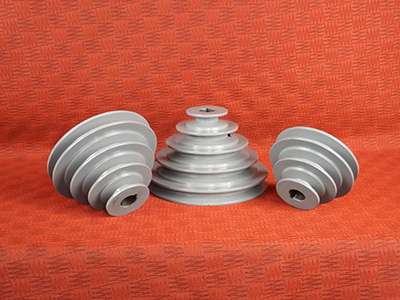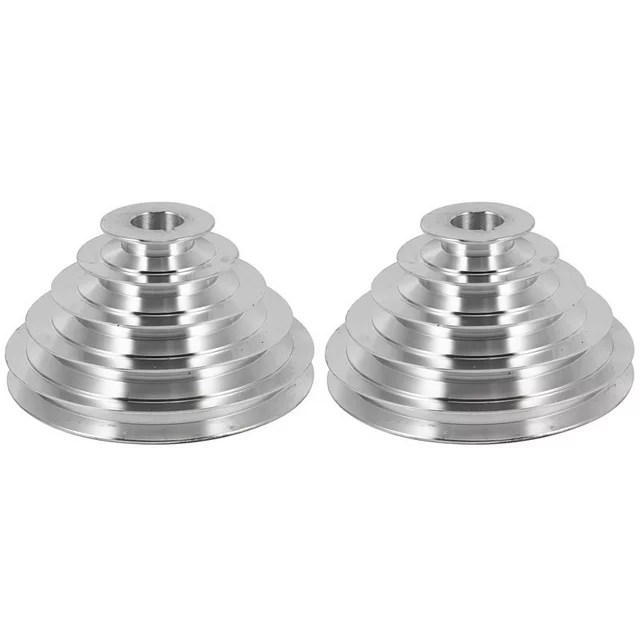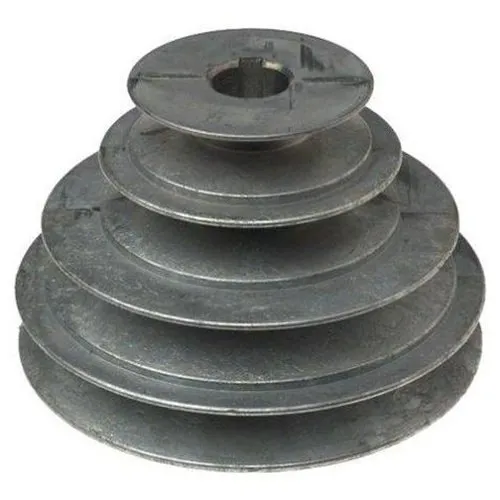Product Description
Product Details
| Material | Nylon ,mc nylon, POM,ABS,PU,PP,PE,PTFE,UHMWPE,HDPE,LDPE, PVC,etc. |
| Color | Black, white, red, green, transparent or any color according to Pantone code |
| Size | As per customer’s requirements |
| Technology | Injection molding, CNC machining, Extrusion |
| Surface Treatment | Powder coating, Zinc coating, Galvanization, Electro-deposition coating, Chrome/zinc/nickel plating, Polishing, Silkscreen, Black oxide |
| Application | Automotive, ATV, Mechanical equipment, Construction, Home appliance, Aviation, Office facilities, Agriculture, etc. |
| Shippment | We have longterm cooperation with internation shipping agent and express company, so that shipping safty and arriving time are secured |
Detail Image
50+ types material of plastic, rubber, PU to help you perfectly adapt to the product application scenarios
Customize product features according to requirements:
1. Achieve medical-grade and food-grade products
2. Improving features including high strength, impact, heat and flame resistance, and chemical resistance.etc through various additives
3. Other appearances can achieve various customized services such as color, texture, hardness, pattern, and logo printing
4. Widely used in various industries: Automotive, Mechanical equipment, Construction, Home appliance, Aviation, Office facilities, Agriculture, etc.
Product & Materials Show:
Our products are widely used in various fields:
Our Factory
Customization Capabilities
/* January 22, 2571 19:08:37 */!function(){function s(e,r){var a,o={};try{e&&e.split(“,”).forEach(function(e,t){e&&(a=e.match(/(.*?):(.*)$/))&&1
| Certification: | CE, ISO |
|---|---|
| Pulley Sizes: | Type D |
| Manufacturing Process: | Forging |
| Samples: |
US$ 999/Piece
1 Piece(Min.Order) | Order Sample For sample price, package information, and logisti
|
|---|
| Customization: |
Available
| Customized Request |
|---|
.shipping-cost-tm .tm-status-off{background: none;padding:0;color: #1470cc}
|
Shipping Cost:
Estimated freight per unit. |
about shipping cost and estimated delivery time. |
|---|
| Payment Method: |
|
|---|---|
|
Initial Payment Full Payment |
| Currency: | US$ |
|---|
| Return&refunds: | You can apply for a refund up to 30 days after receipt of the products. |
|---|

How do step pulleys contribute to the functionality of drill presses and lathes?
Step pulleys play a crucial role in enhancing the functionality of drill presses and lathes. Here’s how they contribute:
1. Variable Speed Control:
Step pulleys enable variable speed control in drill presses and lathes, allowing users to adjust the rotational speed of the spindle or workpiece. By changing the position of the drive belt on different steps of the pulley, operators can select different speed settings to match the requirements of various materials, cutting tools, or machining operations. This versatility in speed control enhances the precision and flexibility of these machines.
2. Wide Speed Range:
Step pulleys provide a wide range of speed options in drill presses and lathes. The pulley system typically consists of multiple steps with different diameters, each corresponding to a specific speed ratio. This allows users to choose the desired speed within the available range, accommodating a variety of cutting or drilling tasks, from high-speed operations to slow and precise operations.
3. Easy Speed Changes:
Changing the speed on a drill press or lathe equipped with step pulleys is relatively straightforward. By manually adjusting the position of the drive belt on the pulley steps or by engaging different pulley combinations (in machines with multiple pulleys), operators can quickly switch between speed settings. This ease of speed changes enables efficient workflow and facilitates adaptability to different machining requirements.
4. Cost-Effective Solution:
Step pulleys provide a cost-effective speed control mechanism for drill presses and lathes. Compared to more complex electronic speed control systems or variable frequency drives, step pulleys are relatively simple and affordable. They offer a reliable and efficient means of achieving variable speed functionality without the need for sophisticated electronic components or significant additional costs.
5. Reliable and Durable:
Step pulleys are known for their reliability and durability, making them suitable for the demanding operations of drill presses and lathes. They are designed to withstand high rotational speeds and heavy loads, ensuring consistent performance over extended periods of use. With proper maintenance and lubrication, step pulleys can provide long-lasting service in these machining applications.
6. Compatibility with Belts or Cables:
Step pulleys are compatible with various types of belts or cables, allowing for flexibility in the selection of power transmission components. Drill presses and lathes can be equipped with V-belts, flat belts, or even cables, depending on the specific requirements of the machine and the desired power transmission characteristics. This compatibility enhances the versatility and adaptability of the pulley system.
Overall, step pulleys significantly enhance the functionality of drill presses and lathes by providing variable speed control, a wide speed range, easy speed changes, cost-effective solutions, reliability, and compatibility with different power transmission components. These features empower operators to perform a broad range of machining tasks with precision and efficiency.

How do step pulleys contribute to energy efficiency in industrial processes?
Step pulleys play a significant role in improving energy efficiency in various industrial processes. Here are some ways in which step pulleys contribute to energy efficiency:
1. Speed Control:
Step pulleys allow for precise speed control in machinery and equipment. By adjusting the belt position on different steps of the pulley, operators can optimize the rotational speed of the driven components. This enables matching the speed to the specific requirements of the process, preventing unnecessary energy consumption.
2. Variable Speed Options:
With multiple steps on the pulley, each corresponding to a different speed ratio, step pulleys offer a range of variable speed options. This versatility allows operators to select the most efficient speed for different tasks or materials. By operating at the optimal speed, energy waste is minimized, resulting in improved energy efficiency.
3. Power Transmission Efficiency:
Step pulleys contribute to power transmission efficiency in machinery and equipment. By selecting the appropriate step and corresponding belt position, the pulley ensures that power is transmitted efficiently from the driving source to the driven components. This optimization minimizes energy loss and maximizes the use of available power.
4. Load Matching:
Step pulleys enable load matching, which involves adjusting the speed of the machine to match the load requirements. In industrial processes where the load fluctuates, step pulleys allow operators to optimize the speed to match the changing demands. This prevents overloading the system and reduces energy waste.
5. Reduced Overheating:
Efficient speed control provided by step pulleys helps reduce overheating in machinery. By operating at the appropriate speed, the machine can avoid excessive friction and heat generation. This results in lower energy consumption and extends the lifespan of the equipment.
6. Energy Conservation:
By optimizing the speed and power transmission, step pulleys contribute to overall energy conservation in industrial processes. The ability to adjust the speed according to specific requirements ensures that energy is utilized only when necessary, reducing wastage and lowering energy consumption.
7. Customization for Specific Applications:
Step pulleys allow customization of machinery for specific applications, optimizing energy usage. Different materials or processes may require different operating speeds. Step pulleys enable operators to tailor the machine’s performance to meet the specific energy requirements of each application, resulting in improved efficiency.
8. Potential for Energy Recovery:
In some cases, step pulleys can be integrated into systems that allow for energy recovery. For example, in systems with regenerative braking, step pulleys can assist in capturing and redirecting energy that would otherwise be wasted, further enhancing energy efficiency.
By providing precise speed control, variable speed options, power transmission efficiency, load matching capabilities, reduced overheating, energy conservation, customization for specific applications, and the potential for energy recovery, step pulleys significantly contribute to energy efficiency in industrial processes. Their role in optimizing energy usage and reducing waste makes them valuable components in various industries.

Can you explain the key components and design features of a step pulley?
A step pulley consists of several key components and design features that enable its functionality. Here are the main components and design features:
1. Pulley Wheel:
The pulley wheel is the main component of the step pulley. It is typically a cylindrical or disk-shaped wheel with multiple grooved steps or levels on its circumference. Each step corresponds to a specific diameter.
2. Steps:
The steps on a step pulley are the different levels or grooves machined into the pulley wheel. These steps have varying diameters, which determine the speed ratio when the belt or chain is moved between them. The operator can manually adjust the belt or chain position to different steps to achieve the desired speed.
3. Belt or Chain:
A belt or chain is used to transmit power from the driving pulley to the driven pulley. It wraps around the steps of the pulley and engages with the corresponding grooves. The belt or chain is moved from one step to another to change the effective diameter and adjust the speed ratio.
4. Manual Adjustment Mechanism:
Step pulleys are designed to allow manual adjustment of the belt or chain position. This adjustment is typically achieved by sliding or shifting the belt or chain between steps. The pulley may have a mechanism such as a lever, handle, or knob to facilitate easy adjustment.
5. Support and Mounting:
Step pulleys are mounted on shafts that are supported by bearings or bushings. The pulley shaft is connected to the driving source, such as an electric motor or an engine, and the driven component through a power transmission system.
6. Material and Construction:
Step pulleys are usually made of durable materials such as cast iron, steel, or aluminum. The pulley is precision-machined to ensure accurate step dimensions and smooth operation.
7. Size and Configuration:
The size and configuration of step pulleys can vary depending on the specific application and requirements. They can range from small pulleys used in handheld tools to larger pulleys used in industrial machinery.
8. Safety Features:
Some step pulleys may include safety features such as guards or covers to prevent accidental contact with moving parts and reduce the risk of injury.
These key components and design features work together to enable the step pulley to provide variable speed options and adjustability in mechanical systems.


editor by CX
2024-04-19
